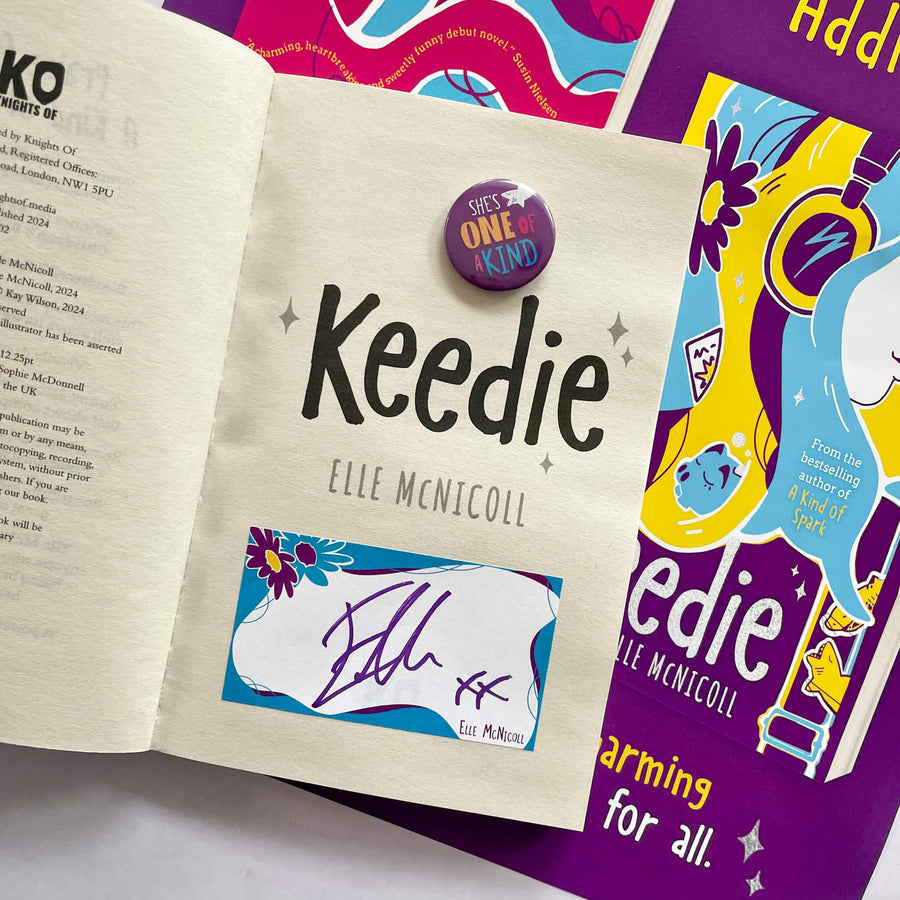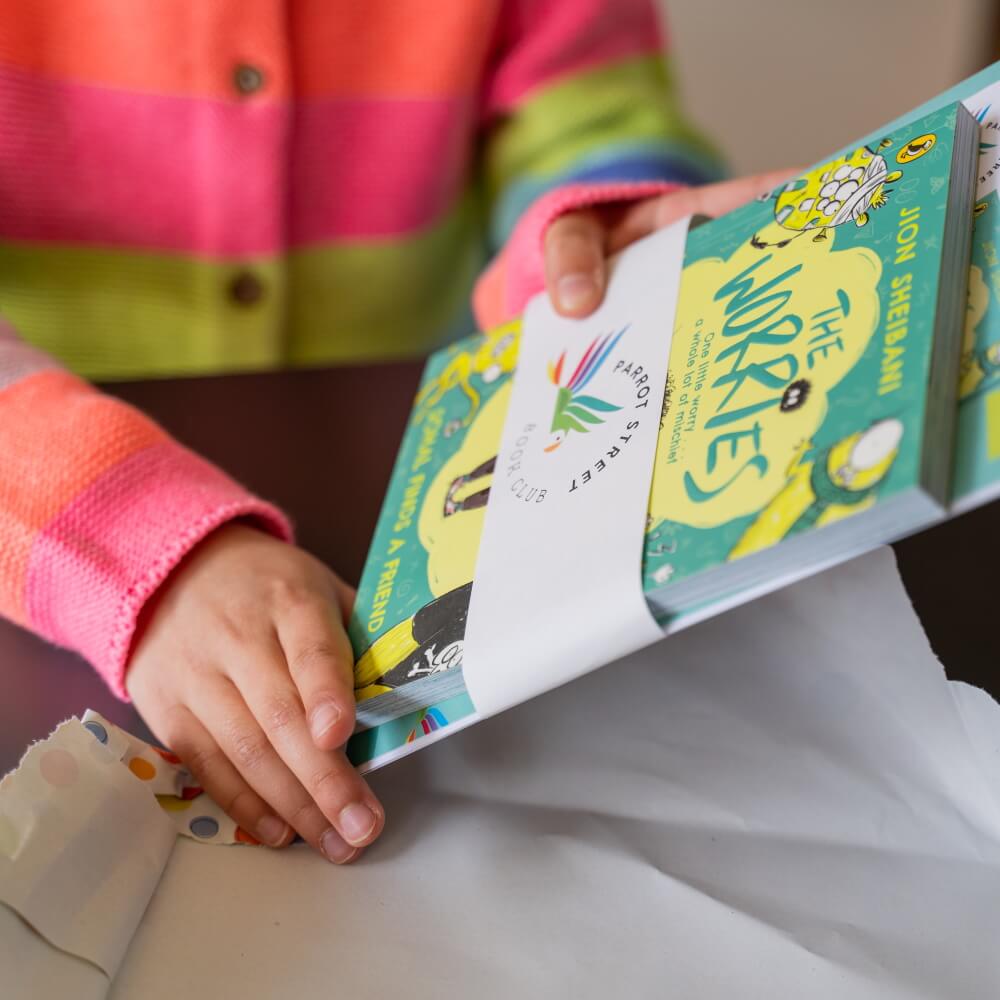Biomimicry: harnessing nature’s super powers
There’s no doubt about it - nature is amazing, some plants and animals have superpowers!
Living organisms have evolved over time to operate as efficiently as possible in the environment they live in. Over millions of generations they have adapted to survive.
Scientists and engineers have taken inspiration from these amazing feats of nature to create revolutionary products that solve human problems in innovative ways. The process is known as biomimicry or biomimetics.
Some of our favourite examples of biomimicry...

The Wright Brothers are believed to have watched pigeons flying whilst developing their designs for the first successful human flight.

Engineers were inspired by the streamlined beak of the kingfisher when creating the Japanese high-speed Shinkansen train.

Termite mounds are a feat of engineering excellence – they maintain virtually constant temperate and humidity inside despite the extremes of temperature they experience on the outside. The Eastgate Centre in Harare, Zimbabwe relies on the same principles to stay cool and uses only 10% of the energy of an equivalent, conventional building in the city.

Some plants have the ability to self-repair and scientists have been able to replicate the process, which takes place at the molecular level, to create coatings for some materials that allow them to self-heal. An inflatable dinghy made of self-repairing material solves a very real and dangerous problem!

A shark’s skin is covered in tiny, v-shaped scales which allow it to move more efficiently through water. Scientists have developed swimwear for athletes which mimics this effect – though there’s some debate about whether it gives competitors an unfair advantage! Famously Michael Phelps won 8 gold medals while wearing a ‘shark-skin’ suit at the 2008 Summer Olympics and you can learn more about it here.

The Stenocara beetle lives in the desert but is a master water collector. Small, smooth bumps on it’s shell allow it to collect water from fog, which is then funnelled to its mouth. Scientists have created a material, inspired by that shell, which collects water from fog more efficiently than ever before. It’s used in countries around the world to collect much needed water from the air.

Geckos are master climbers, thanks to the amazing way that the pads on their feet attach and detach from surfaces as they move. A gecko can hold it’s entire body weight on just one toe! Scientists have mimicked the biomechanical structure of these pads to create glues, tapes and even climbing boots.

The Morpho butterfly is a brilliant blue but the colour is not created simply by pigment. Instead the nano structure of their wings reflect light in a way the produces a vibrant blue from every angle. Scientists are working to develop paints which don’t rely on chemicals to produce the colours but instead reflect particular coloured lightwaves.
If these examples have inspired you to learn more about these amazing innovations, head to the Biomimicry Institute for more information and links to learn more.







